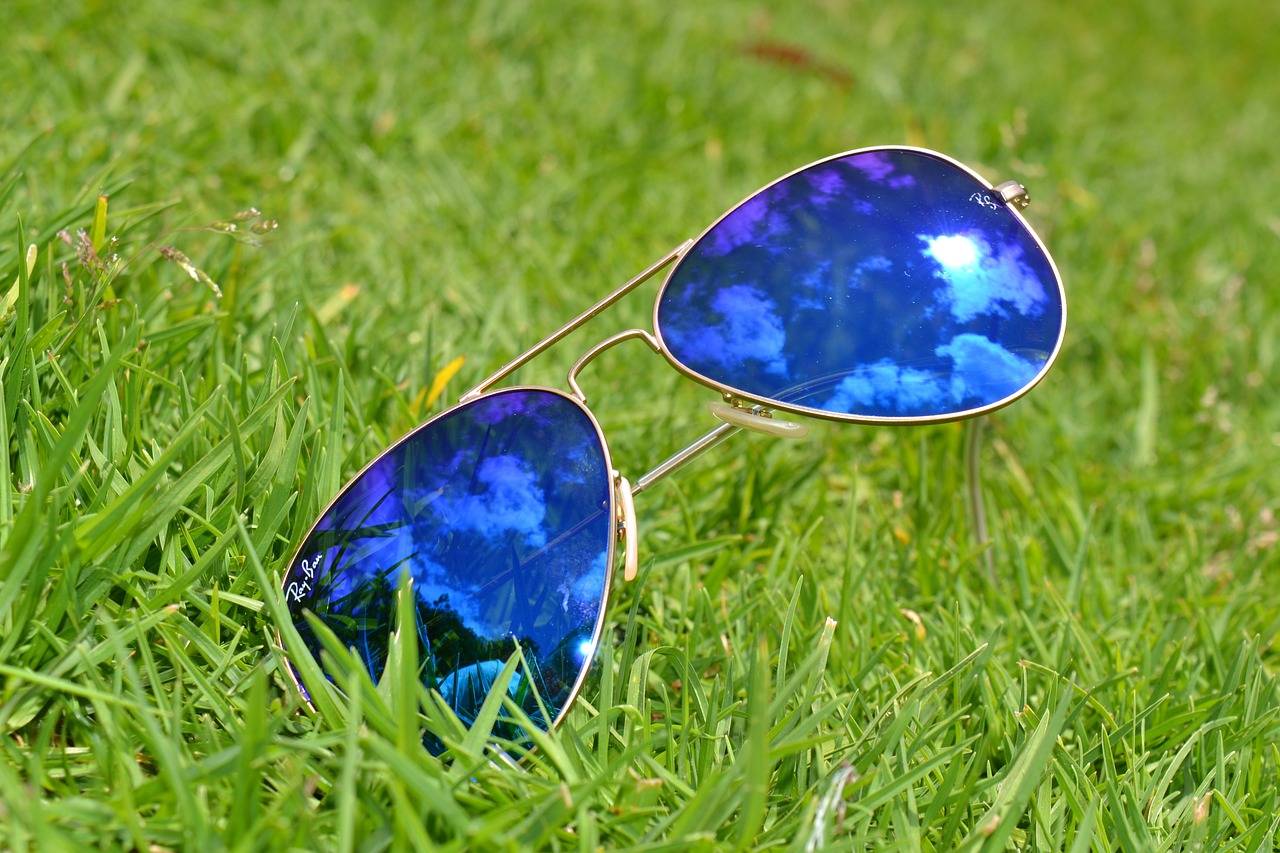The Intersection of Fashion and Technology: Smart Fabrics
Smart fabrics represent an innovative fusion of technology and clothing, offering a wide array of functionalities beyond traditional textiles. These cutting-edge materials are embedded with advanced features that enable them to interact with the wearer or the environment in unique ways, revolutionizing the fashion industry.
With the ability to monitor vital signs, adjust to temperature changes, and even provide integrated lighting, smart fabrics have opened up a world of possibilities for designers and consumers alike. From enhancing comfort and performance to incorporating interactive elements, these futuristic textiles are reshaping the landscape of fashion and paving the way for a more connected and intelligent wardrobe.
The Evolution of Smart Fabrics in Fashion
In recent years, the fashion industry has witnessed a remarkable evolution with the introduction of smart fabrics into clothing designs. These innovative textiles have revolutionized the way we perceive and interact with our clothes, blending fashion with technology seamlessly. From temperature-regulating fabrics to moisture-wicking materials, smart fabrics have opened up a whole new realm of possibilities for both designers and consumers.
The integration of smart fabrics in fashion has not only enhanced the aesthetic appeal of clothing but also elevated their functionality. With the ability to monitor vital signs, track physical activity, and even connect to other devices, smart fabrics have become more than just a trend; they have become a lifestyle choice for many. As designers continue to push the boundaries of traditional textiles, the future of fashion seems to be intertwined with the endless possibilities that smart fabrics offer.
Key Benefits of Smart Fabrics in Clothing
Smart fabrics in clothing offer a myriad of benefits that cater to the needs of modern consumers. One significant advantage is the ability of smart fabrics to provide enhanced comfort through features like moisture-wicking properties and breathability. These textiles can regulate body temperature, keeping the wearer cool and dry, making them ideal for intense physical activities or hot weather conditions.
Moreover, smart fabrics have the potential to improve the overall functionality of clothing. Advanced technologies integrated into these fabrics can enhance performance by offering features such as UV protection, odor resistance, and even antibacterial properties. This not only extends the lifespan of the garment but also contributes to the wearer’s well-being by providing additional protection and hygiene.





